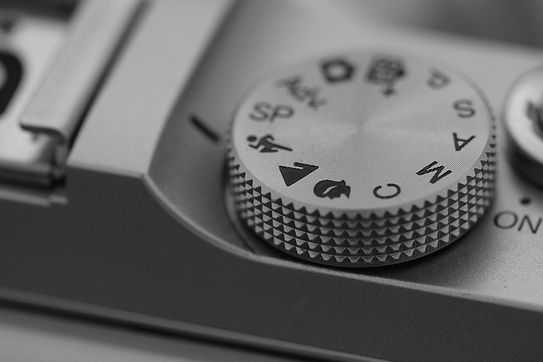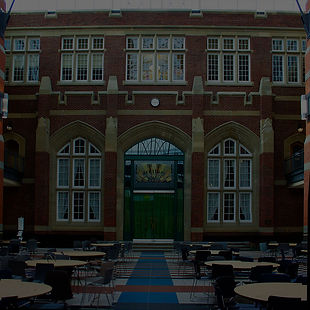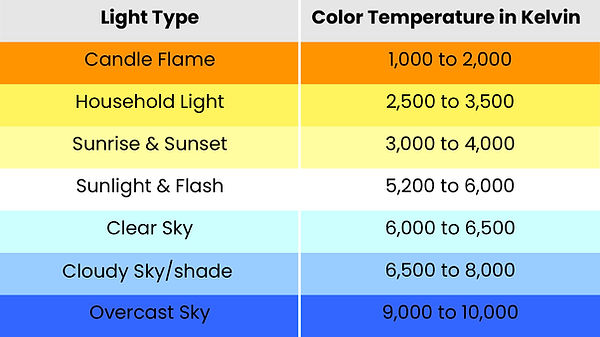.png)

Camera Controls and Settings
For the purpose of this program, we will be focusing on interchangeable lens cameras, specifically DSLR’s. We will also not be explaining how to change the following settings, just how they affect the images. This is because there are many camera brands and many different ways to change the settings. Please refer to your camera’s manual.
Exposure
We will start off with exposure. Exposure in photography is the amount of light that reaches your camera’s sensor when you press the shutter button. The light is then recorded as visual data. If your photos are overexposed, it will be really white and light. If it is underexposed it will be really dark and black. You want your exposure to be just right to get the most amount of detail. You can tell if the exposure is right before taking the photo by looking at the exposure meter in your viewfinder. The exposure can be adjusted with three different settings on the camera: Aperture, Shutter Speed, and ISO.

Overexposed

Underexposed
Aperture
The aperture controls the area of light passing through your camera lens and is specified by the f-stop. This can get confusing at times, because the larger the f-stop, the smaller the opening, and the smaller the f-stop, the larger the opening.

The aperture affects a photo's depth of field. With lower f-stop values, you will find the image background becomes blurred, otherwise known as the bokeh effect. This is great for when you want a subject to stand out from the background. A higher f-stop will have a larger depth of field which is perfect for when you want lots of detail all over, such as landscape
Shutter Speed
The shutter speed determines how long light is permitted to enter the camera. It is measured in seconds.


Shutter speed freezes or exaggerates the appearance of motion. A lower shutter speed will create a motion blur and a higher shutter speed will freeze motion giving it a clear look.
ISO
ISO impacts the sensitivity to light coming into the camera. ISO does not have any special effects, but you will need to be careful of this because it can create image noise in your photos. A lower ISO is usually desirable as it will have less noise. A higher ISO will have a larger amount of noise.
White Balance
Different types of lighting have different types of color temperatures. Because of this it is important to change your camera’s white balance to suit the current environment. If it is a bright sunny day, use the daylight white balance. If you are inside with harsh tungsten lighting, use the tungsten white balance. This will balance the image so that it comes out looking natural instead of with a yellow or blue hue.
